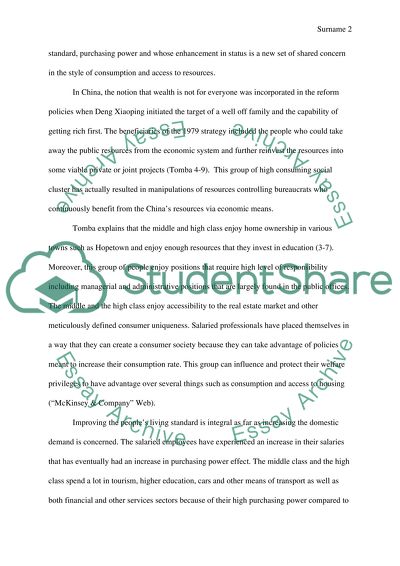Cite this document
(“Chinese Popular Culture Essay Example | Topics and Well Written Essays - 1500 words - 1”, n.d.)
Chinese Popular Culture Essay Example | Topics and Well Written Essays - 1500 words - 1. Retrieved from https://studentshare.org/sociology/1497166-chinese-popular-culture
Chinese Popular Culture Essay Example | Topics and Well Written Essays - 1500 words - 1. Retrieved from https://studentshare.org/sociology/1497166-chinese-popular-culture
(Chinese Popular Culture Essay Example | Topics and Well Written Essays - 1500 Words - 1)
Chinese Popular Culture Essay Example | Topics and Well Written Essays - 1500 Words - 1. https://studentshare.org/sociology/1497166-chinese-popular-culture.
Chinese Popular Culture Essay Example | Topics and Well Written Essays - 1500 Words - 1. https://studentshare.org/sociology/1497166-chinese-popular-culture.
“Chinese Popular Culture Essay Example | Topics and Well Written Essays - 1500 Words - 1”, n.d. https://studentshare.org/sociology/1497166-chinese-popular-culture.


